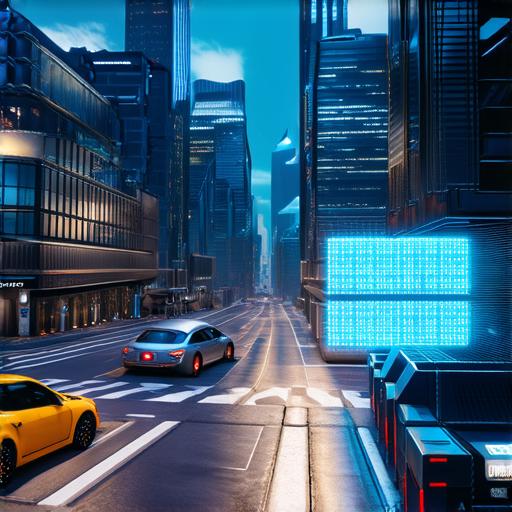Advantages of Unreal Engine
One of the main advantages of Unreal Engine is its ability to create highly detailed and immersive environments. It uses state-of-the-art graphics techniques such as ray tracing, global illumination, and HDR (High Dynamic Range) lighting to produce high-quality visuals that can be used in various industries.
This makes it ideal for building virtual reality (VR) experiences that require high-quality visuals and realistic interactions with the virtual world.
In addition to its advanced rendering capabilities, Unreal Engine offers a wide range of tools and features for creating interactive environments. These include support for physics simulations, animation systems, AI behavior, and multiplayer networking.
This allows developers to create engaging and interactive experiences that can be tailored to specific platforms and devices.
Real-Life Examples of Unreal Engine in Action
Video Games
Unreal Engine is widely used in the video game industry to build immersive and interactive games for consoles, PCs, and mobile devices. Some popular games built using Unreal Engine include Fortnite, Paragon, and Samaritan.
Architecture and Design
Unreal Engine can be used to create realistic 3D models of buildings and environments, making it ideal for architects and designers to visualize their projects in a virtual environment. The platform’s support for high-quality rendering and animation systems allows designers to create detailed and interactive walkthroughs of their projects, helping clients better understand the design and functionality of their buildings.

Training and Simulation
Unreal Engine can be used to build realistic simulations for training purposes, such as flight simulators or driving simulators. This makes it easy to create highly immersive and interactive learning experiences that can help individuals develop new skills in a safe and controlled environment.
Advertising and Marketing
Unreal Engine can be used to create stunning visual effects and animations for advertising and marketing campaigns. The platform’s advanced rendering capabilities and support for animation systems make it easy to create engaging and memorable experiences that will capture the attention of consumers.
Healthcare
Unreal Engine can be used in the healthcare industry to create immersive simulations for medical training, patient education, and therapy. For example, Unreal Engine has been used to develop a virtual reality (VR) system for treating PTSD patients, which allows them to confront their fears in a controlled environment.
Automotive
Unreal Engine can be used in the automotive industry to create realistic simulations of car designs and features, allowing designers and engineers to test and refine their designs before they go into production. Unreal Engine has also been used to develop interactive showrooms for car dealerships, which allow customers to explore car models in a virtual environment.
Retail
Unreal Engine can be used in the retail industry to create immersive shopping experiences, allowing customers to try on clothes virtually or explore furniture designs in their homes. Unreal Engine has also been used to develop interactive product displays for stores, which allow customers to see products from different angles and perspectives.
Education
Unreal Engine can be used in the education industry to create immersive learning experiences, allowing students to explore historical events or scientific concepts in a virtual environment. Unreal Engine has also been used to develop interactive language learning apps, which allow students to practice their language skills in real-world scenarios.
How to Get Started with Unreal Engine
If you’re interested in using Unreal Engine to build your own interactive experiences, there are several steps you can take:
- Install the software – Download and install the latest version of Unreal Engine from the official website.
- Choose a platform – Decide which platform(s) you want to develop for (console, PC, mobile, VR headset). This may involve installing additional software or plugins depending on the platform you choose.
- Learn the basics – Study the Unreal Engine documentation and tutorials to learn the basics of using the platform. Familiarize yourself with the tools and features available.
- Create your first project – Start building your own interactive experiences using Unreal Engine’s powerful tools and features. You can create 3D models, add visual effects, and program AI behavior to create engaging and immersive experiences.



